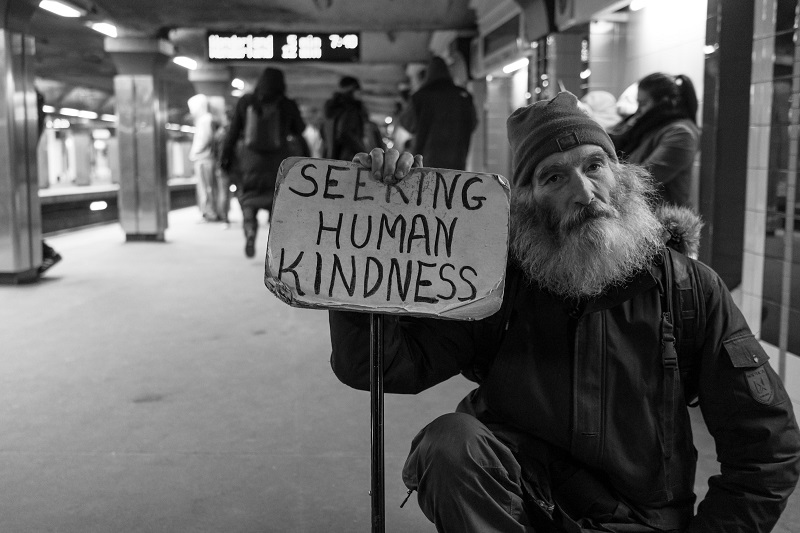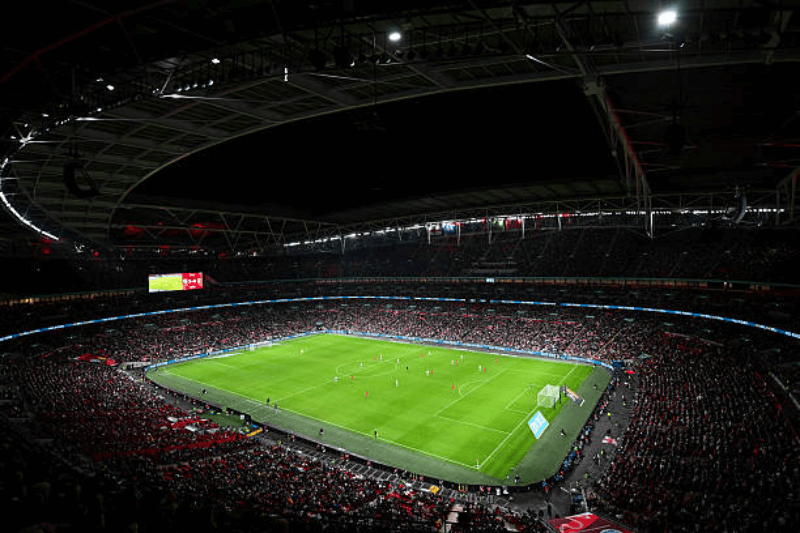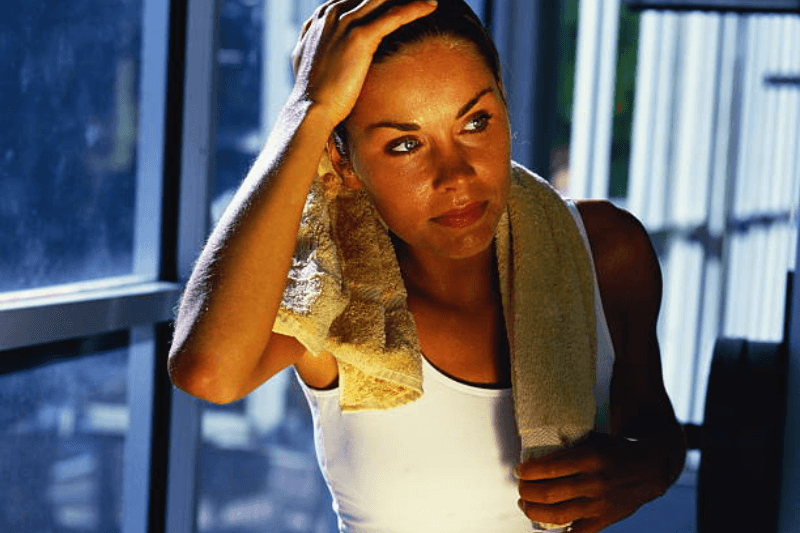
What’s it like living in a homeless encampment in Arizona during the hottest July on record?
People struggling with homelessness are some of the most vulnerable to death during a heatwave.
Every day this month, temperatures in Phoenix have soared past 43.3 degrees Celsius. Stefon James Dewitt Livengood was laid out for days inside his makeshift dwelling, vomiting and struggling to breathe. He stopped briefly at a free clinic and had his blood pressure checked.
Although the numbers were declared acceptable, the facility didn’t offer any other medical support for his apparent heat exhaustion and for the peeling skin he believes was caused by exposure to the scorching heat, Livengood said.
He maintains adequate caution while walking through the tent city, aware of the serious burns his skin could receive if he falls on the simmering black asphalt. “If you’re going outside, let somebody know where you’re going so you can be tracked.”
Keep Reading
Heat-Related Casualties And Unhoused Americans
40% of the 425 heat-related deaths tallied last year in Maricopa County, home to Phoenix, represented homeless people. Moreover, at least half of the 425 fatalities occurred in July, with around 80% happening outdoors.
Phoenix clocked 28 days of 43.3 degrees Celsius in a row as of Thursday. Overnight temperatures persisted above 32.2 degrees for 16 consecutive days after finally dropping to 31.6 degrees on Thursday after a storm Wednesday evening brought a bit of rainfall.
Health professionals have expressed concerns over record-high overnight temperatures not allowing people’s bodies to sufficiently cool down. Americans staying in flimsy structures without fans or air conditioning are at greater risk.
Highlighting the scary situation in the city, Dr Geoff Comp, an emergency room physician for Valleywise Health in central Phoenix, underscored the need for people to drink a lot of water and use a cooling system to recover overnight.




